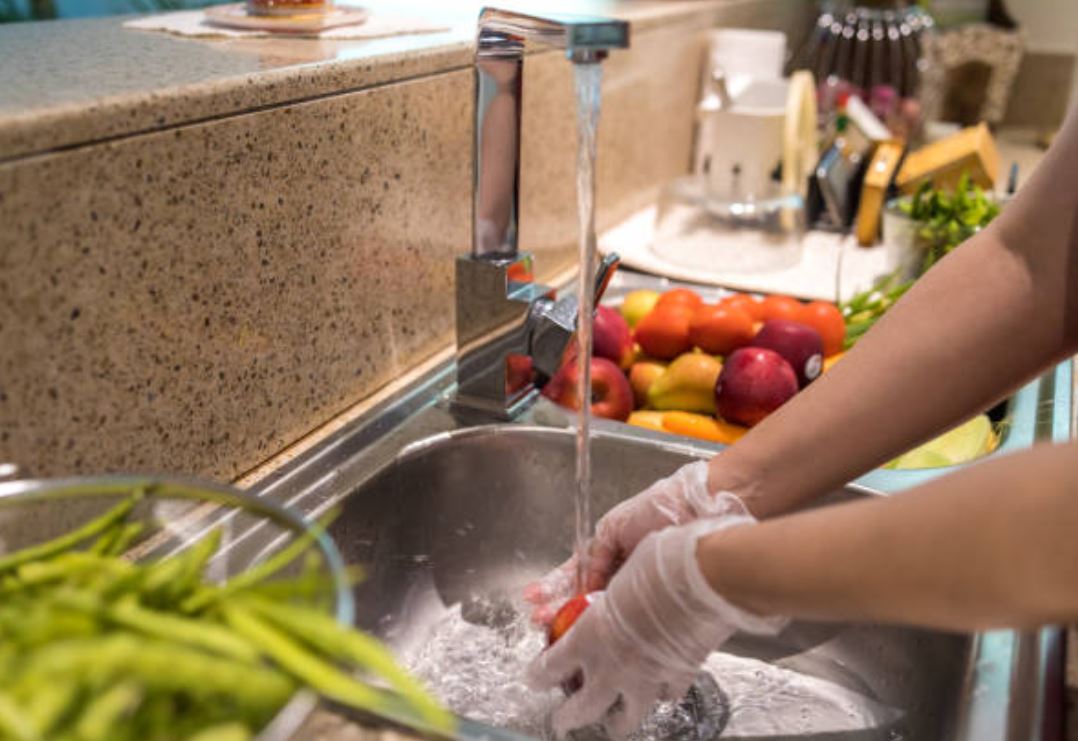
World Food Safety Day 2023
Posted by Harrison Thomas on 7th Jun 2023
Ensuring Safe Food Preparation: World Food Safety Day
As we gather around the table to share meals with our loved ones, it is crucial to prioritise food safety for our health. There are over 200 diseases caused by unsafe food, ranging from diarrhoea to cancer, and over 1,600,000 people get sick due to lack of proper food each day. As part of this year's World Food Safety Day , we're sharing some essential guidelines to make sure the food you're serving is safe.
We want to help you implement safe food preparation practises and that by sharing useful resources, we may help you protect yourself and your loved ones against foodborne illnesses. Remember, food safety awareness is key for preventing illnesses and creating a healthy future for everyone.
Cleaning
To ensure the safety of your food, it is crucial to prioritise cleanliness. Remember to thoroughly wash your hands, clean your surfaces, and pay close attention to other areas in your kitchen. By taking these precautions, you can effectively prevent the transfer of bacteria to your food.
- Hands: One of the easiest ways for you to ensure your food is not being contaminated by bacteria, is to wash your hands with anti-bacterial soap and warm water. You should wash your hands before you handle any food in the kitchen, and before you eat.
- Surfaces and utensils: Cleaning your worktops, utensils and chopping boards is crucial in preventing the spread of bacteria. You should always clean anything that has been or is going to be in contact with food with warm soapy water.
- Oven gloves and tea towels: Finally, be sure to clean any items such as oven gloves and tea towels in your washing machine at a minimum of 60ᵒC to prevent the spread of bacteria. Otherwise, damp, and dirty towels can provide the perfect environment for bacteria to thrive.
Cooking and reheating
We understand the importance of serving meals that are not only delicious but also safe from harmful bacteria. When cooking, here are some important factors to note:
- When cooking meat, especially poultry, pork, and ground meats, it's crucial to ensure they are cooked all the way through. Use a food thermometer to check the internal temperature:
-Chicken and turkey should reach 74°C to eliminate any potential pathogens.
-Steaks, roasts, and fish fillets should reach 63°C and rest for three minutes before consuming.
-Ground meat needs an internal temperature of 71°C to ensure that any bacteria present is killed.
- If you have leftovers, refrigerate them within two hours of cooking to prevent bacterial growth. Divide large portions into smaller, shallow containers for quicker cooling.
- When reheating food in the microwave, ensure it heats evenly. Stir or rotate the food halfway through the reheating process to avoid cold spots where bacteria can survive. Follow any instructions on the packaging for microwave-safe cookware and venting methods.
Freezing and defrosting
To keep food safe, ensure that frozen foods are stored in airtight containers or freezer bags. The cold air inside the freezer can cause food to dry out, so correct packaging is key.
When it comes to freezing meat, fish, and poultry, follow these guidelines for the best results:
- Freeze within the use-by date: Ensure that the meat, fish, or poultry you're freezing is still within its use-by date to maintain its safety and taste.
- Wrap properly to prevent freezer burn: Protect the food from dehydration and oxidation, known as "freezer burn," by wrapping it securely. Airtight packaging, freezer-safe wraps, or vacuum-sealed bags work well.
Food safety matters
On this World Food Safety Day and beyond, let us embrace these vital practises and make them an integral part of our cooking journey. By prioritising food safety, we not only protect ourselves from foodborne illnesses but also encourage a healthier and happier dining experience for all.

